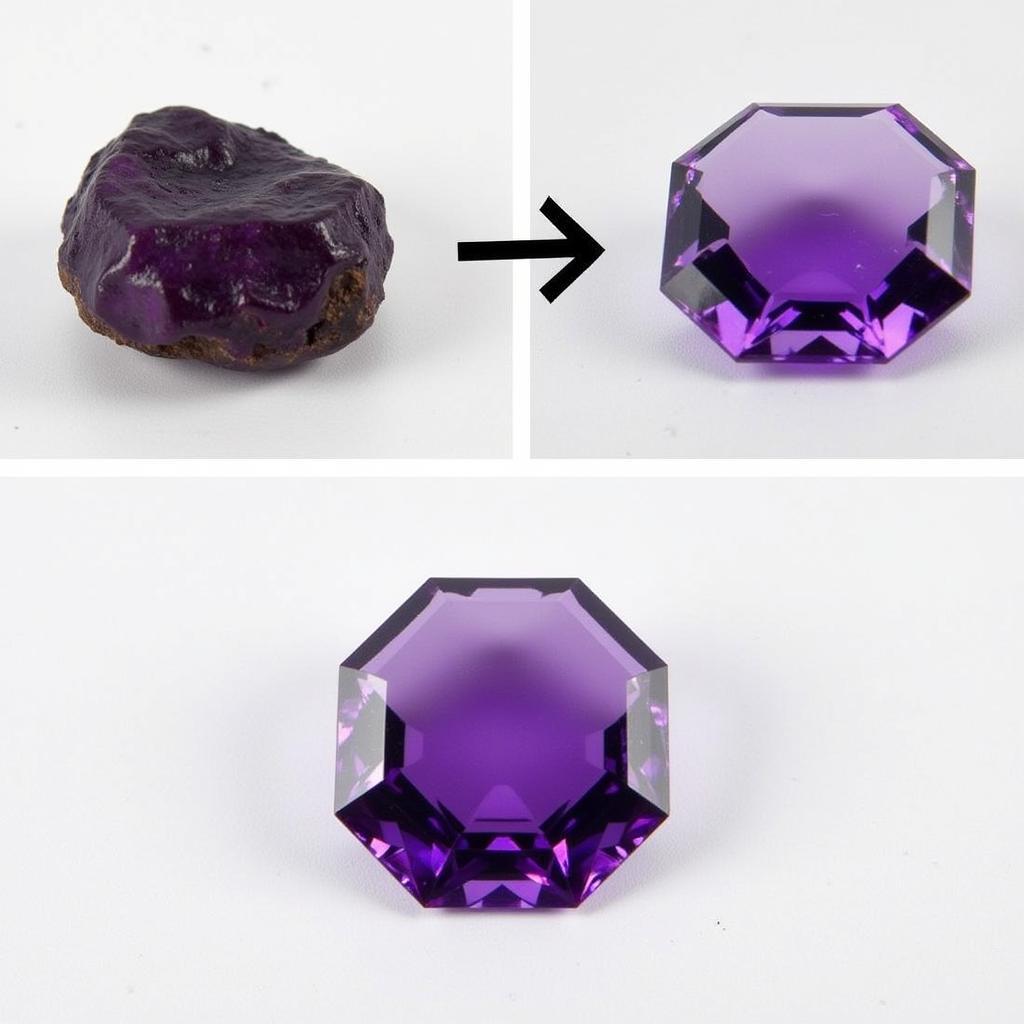African Butterfly Fish with Angelfish: A Compatible Tank Duo?
The vibrant African butterfly fish and the graceful angelfish often catch the eye of aquarium enthusiasts. But can these two captivating species coexist peacefully in the same tank? This article delves into the complexities of keeping African Butterfly Fish With Angelfish, exploring their compatibility, habitat requirements, and potential challenges. We’ll equip you with the knowledge to make informed decisions about creating a thriving community tank.
Understanding the African Butterfly Fish
African butterfly fish, known for their unique upturned mouths and striking patterns, are surface dwellers that primarily feed on insects. These fascinating creatures require specific water conditions and a diet rich in protein. Their peaceful nature makes them potentially suitable tank mates for other non-aggressive species. However, their specialized feeding habits and territorial tendencies need to be considered when choosing companions. Choosing the right tank mates for African butterfly fish is crucial for their well-being.
Understanding their feeding habits is key to keeping these fish healthy and thriving. Check out our guide on African butterfly fish feeding for more in-depth information.
Angelfish: Graceful and Demanding
Angelfish, with their elegant fins and vibrant colors, are a popular choice for community tanks. They are known for their relatively peaceful temperament, but can become territorial, especially during breeding season. Angelfish require ample space to swim and explore, and their diet should consist of a variety of foods, including flakes, pellets, and live or frozen foods. Their size and potential for aggression towards smaller fish should be considered when choosing tank mates.
African Butterfly Fish and Angelfish: Compatibility Considerations
While both African butterfly fish and angelfish are generally peaceful, their compatibility isn’t guaranteed. The key factor is tank size. A larger tank, at least 55 gallons, is essential to provide enough space for both species to establish their territories and minimize interactions. Another critical aspect is water parameters. Both species prefer slightly acidic to neutral pH and moderately soft water. Ensure the water conditions are suitable for both species to thrive. Careful observation is crucial in the initial stages of cohabitation.
Potential Challenges and Solutions
One potential challenge is competition for food. Since African butterfly fish are surface feeders, ensure they receive enough food by offering floating pellets or live insects. Angelfish, being mid-water feeders, will typically not compete for the same food source. Another concern is aggression, particularly from angelfish during breeding. Providing ample hiding places and visual barriers can help minimize confrontations. Regularly monitoring water quality and performing partial water changes are essential for maintaining a healthy environment for both species.
For a detailed look at compatible tank mates for African butterfly fish, visit our guide on African butterfly fish tank mates.
Creating a Harmonious Environment
A well-planted tank with driftwood and rocks can provide hiding places and break up the line of sight, reducing territorial disputes. Regularly monitoring the behavior of both species is essential. If you observe any signs of aggression or stress, consider separating the fish.
Conclusion
Keeping African butterfly fish with angelfish can be a rewarding experience with careful planning and management. A spacious tank, suitable water parameters, and a well-balanced diet are crucial for success. By understanding the specific needs of each species and addressing potential challenges proactively, you can create a thriving community tank where both the African butterfly fish and angelfish can flourish.
FAQs
- What size tank is recommended for African butterfly fish and angelfish? (A: At least 55 gallons)
- What are the ideal water parameters for both species? (A: Slightly acidic to neutral pH and moderately soft water)
- What are the potential challenges of keeping these two species together? (A: Competition for food and aggression)
- How can I minimize aggression between the two species? (A: Provide ample hiding places and visual barriers)
- What should I feed African butterfly fish and angelfish? (A: Floating pellets or live insects for butterfly fish, and flakes, pellets, and live or frozen foods for angelfish)
- Can I keep other fish with African butterfly fish and angelfish? (A: Yes, depending on the species and tank size)
- What signs of stress should I look for in my fish? (A: Loss of appetite, lethargy, fin clamping, and unusual aggression)
Common Scenarios and Questions
- Scenario: My angelfish is chasing my African butterfly fish. What should I do?
- Solution: Add more plants and decorations to provide more hiding spots and break up the line of sight. Observe if the behavior persists. If so, consider separating the fish.
- Question: Can I keep multiple African butterfly fish together?
- Answer: Yes, they are generally peaceful with their own kind.
Further Reading and Resources
Explore our other articles for more information on specific fish species and aquarium care.
Contact Us
For further assistance, please contact us:
Phone: +255768904061
Email: [email protected]
Address: Mbarali DC Mawindi, Kangaga, Tanzania
We have a 24/7 customer service team available to help.



